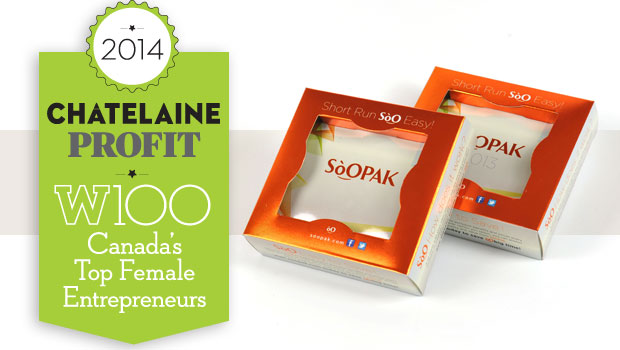No matter the size of your company, it can be helpful to look at the major multinational corporations to get a feel for packaging trends. Coca-Cola recently provided insights into the future of packaging with its bold goal for reusable packaging.
Coca-Cola’s Goal
In February, Coca-Cola announced that it hopes to have 25% of its global packaging reusable by 2030.
Coca-Cola has specified that reusable packaging includes:
- Refillable containers for fountain or dispensed drinks
- Returnable or refillable plastic and glass bottles
According to Green Century Capital Management, Coca-Cola is the first major company to set a target like this.
The Current Rate
To get a better idea of the feasibility of Coca-Cola’s goal, consider its current percentage of reusable packaging. As of 2020, its reusable packaging level is at 16%.
Coca-Cola also tracked how many of its refillable plastic and glass containers were collected. In 2020, a full 90% of these were collected.
In more than 20 markets, over 50% of Coca-Cola’s sales were in refillable PET or returnable glass bottles. In another 20 markets, they accounted for more than 25% of the brand’s sales.
The Reasons for the Goal
There are several reasons behind Coca-Cola’s goal for reusable packaging. One is to reduce the carbon footprint of the company. This is not the only initiative that works toward this goal. Coca-Cola also has the World Without Waste Program.
The other reason is the increase in consumer demand. Customers are increasingly demanding sustainable packaging for products they patronize. Reusable packaging falls into this category.
A Closer Look at Coca-Cola’s World Without Waste Program
There are three main goals for Coca-Cola’s World Without Waste Program.
- Design – By 2025, all of Coca-Cola’s primary consumer packaging will be recyclable. 50% of packaging material will be recycled by 2030.
- Collect – By 2030, the company will collect and then recycle a can or bottle for each one it sells.
- Partner – Coca-Cola will encourage others to create a healthy environment without debris.
It Highlights the Importance of Sustainability in Packaging
The main takeaway from Coca-Cola’s announcement is that sustainability is crucial. Consumers are increasingly choosing products that have sustainable packaging or are sustainable themselves. When they do not switch to sustainable options, they put pressure on their current brands to make more sustainable decisions.
This means that your company should take steps toward reducing your environmental impact if you haven’t already done so. Consider making reusable packaging if it works for your product. If not, create packaging that can be reused in another way. Or choose packaging made from recycled materials, or that is recyclable.
Conclusion
By 2030, Coca-Cola hopes that 25% of its product packaging will be reusable. This is one of the latest examples of the pressure to be more sustainable. Companies of any size should consider switching to eco-friendly packaging and let consumers know about this initiative. This will help the planet as well as your marketing.




